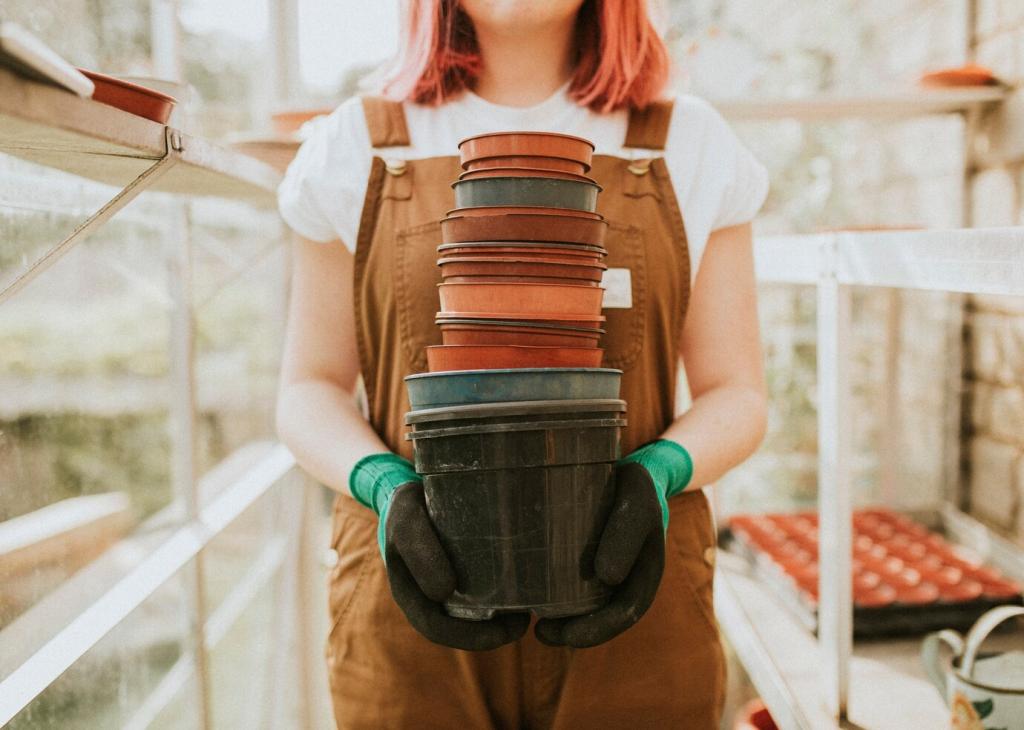Circular Materials and Low-Impact Sourcing
FSC and PEFC certifications signal ethical forestry, biodiversity protection, and fair labor. Transparent chain-of-custody documentation helps ensure wood isn’t from endangered habitats. Tell us which certifications guide your purchases and whether provenance labels influence your sense of quality and trust.
Circular Materials and Low-Impact Sourcing
Recycled aluminum and steel deliver durable frames with dramatically lower embodied energy, while reclaimed ocean plastics become resilient shells. Designers celebrate patinas and honest textures. What reclaimed materials have impressed you lately? Share links and experiences to encourage responsible sourcing across the community.





